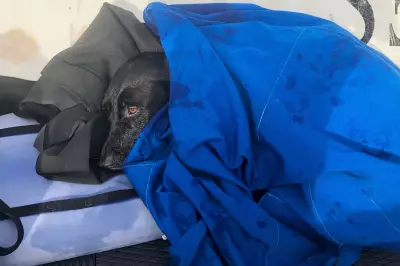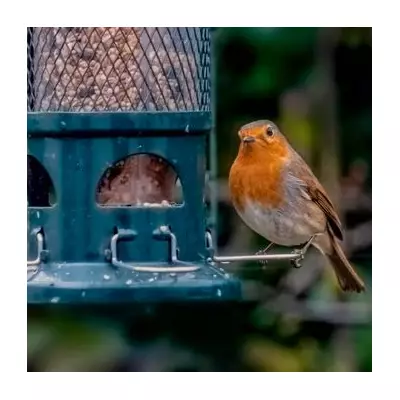
In one of the planet's most extraordinary natural spectacles, Christmas Island has been transformed into a flowing river of crimson as millions of red crabs began their annual migration to the sea. The island's landscape has become a living, moving carpet of scarlet, captivating scientists and nature enthusiasts alike.
A Sea of Scarlet on the Move
The migration sees approximately 50 million red crabs journey from their forest homes to the coastline, where they will breed and release their eggs into the ocean. This mass movement typically occurs with the arrival of the first seasonal rains, which create the perfect moist conditions for the crabs' arduous trek.
Local authorities have implemented extensive measures to protect the crustacean travellers, installing special crab bridges and closing roads to ensure their safe passage. The community has embraced their annual visitors, with residents often seen carefully navigating around the scarlet procession.
Nature's Precise Timing
What makes this event particularly remarkable is the crabs' incredible biological precision. The migration coincides perfectly with the lunar cycle, with egg-laying occurring precisely at the turn of the high tide during the last quarter of the moon.
Park rangers on the island describe the phenomenon as 'one of the most synchronised natural events on Earth', with the entire population moving in unison toward their coastal breeding grounds.
Conservation Success Story
This year's migration represents a significant conservation victory. The red crab population had faced severe threats from invasive yellow crazy ants, which once decimated crab numbers. Through dedicated eradication programs and habitat protection, the species has made a remarkable recovery.
The spectacle serves as a powerful reminder of nature's resilience and the importance of conservation efforts in protecting our planet's most unique wildlife phenomena.





